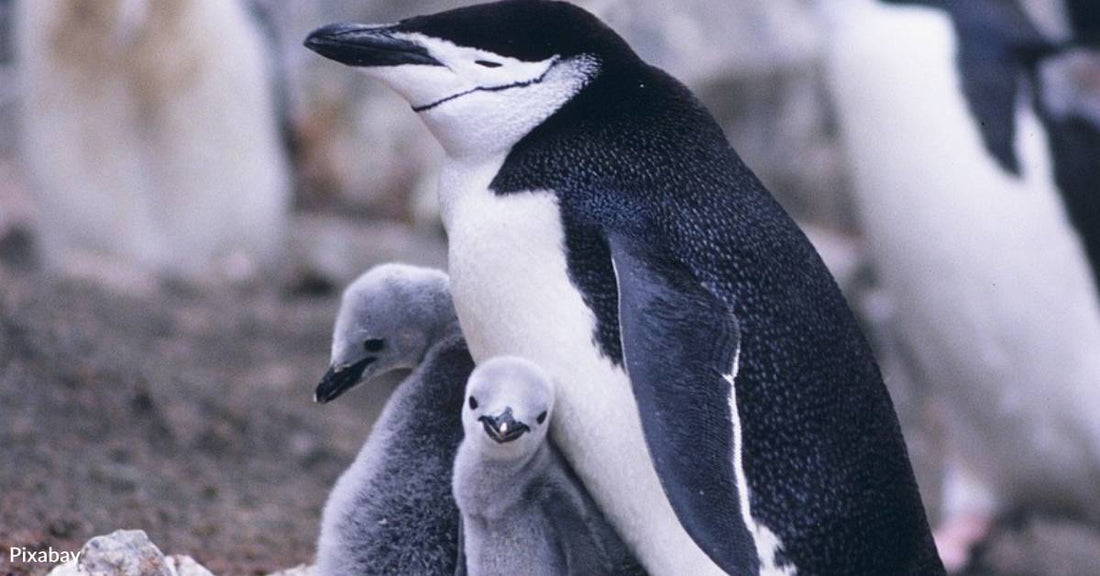Chinstrap Penguins Sleep Nearly Half the Day Through Micro-Snoozing, Researchers Say
Michelle Milliken
Have you ever dozed off for a few seconds, only to jolt back up? Hopefully this was in a less dangerous situation than on the road, but if you’re sleep deprived, it can happen. It may not provide the nourishing sleep we need as humans, but new research shows a species of penguin does this so often, they’re snoozing for half the day.
A study recently published in Science monitored nesting chinstrap penguins, who needed to be on high alert for safety due to their eggs and chicks. The researchers hypothesized that if the animals got enough microsleep, it could add up to enough dozing to be beneficial to them. Using remote electroencephealogram monitoring, the researchers learned that the animals dozed off more than 10,000 times a day for periods of about four seconds, which added up to nearly 11 hours of sleep. The findings imply that this method allows them to get enough sleep at this time of vigilance.
Ecophysiologist Paul-Antoine Libourel, who was the paper’s first author, says, "They show an unexpected sleep adaptation, a tradeoff between the need to sleep and the need to be awake.”
The paper notes that when animals sleep, it takes away their environmental awareness and opens them up to a higher likelihood of predation. This is sometimes addressed by sleeping in groups, but this is still risky for the animals at the edge. The researchers say that with penguins, the threat of aggressors outside the colony and the activity within the colony may not lead to the best sleep, even in the center, relatively protected from the outside.
The researchers decided to investigate the sleep of a colony of chinstrap penguins on King George Island, Antarctica. This species deals with another bird, the skua, preying on its eggs. Generally, one parent stays with the egg or chicks for days while the other heads off to forage. This means they need to find time to sleep while guarding their offspring.
Among the 14 penguins incubating eggs that were studied, the team observed that they did their microsleep snoozing while standing or lying at the nest. Each bout of this short sleep was about 3.91 seconds. The team also observed that the penguins closer to the border of the colony had longer but fewer bouts of microsleep than those in the center. They also slept more deeply. This was the opposite of what had been predicted.
Based on their findings, the researchers believe this may be working well for the birds, though.
The authors write, “Although we did not directly measure the restorative value of microsleeps, the chinstrap penguins’ large investment in microsleeps, characterized by potentially costly momentary lapses in visual vigilance (eye closure), and their ability to successfully breed, despite sleeping in this highly fragmented manner, suggest that microsleeps can fulfill at least some of the restorative functions of sleep.”




